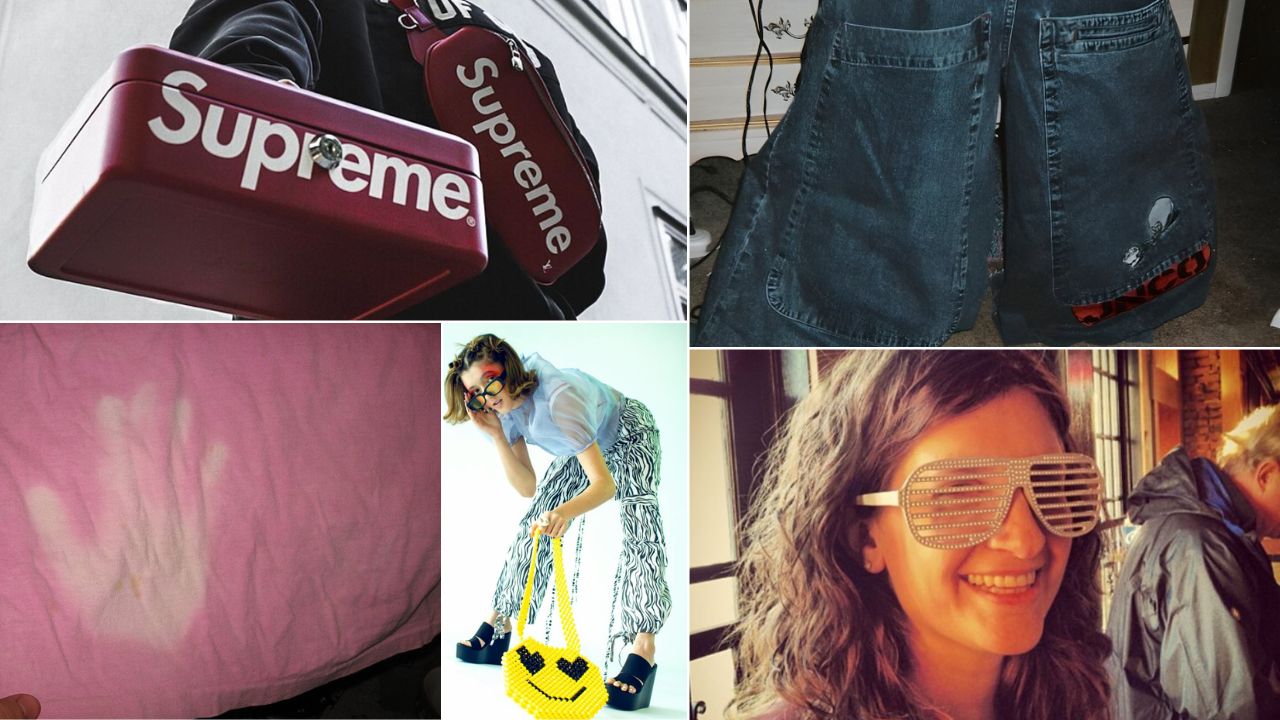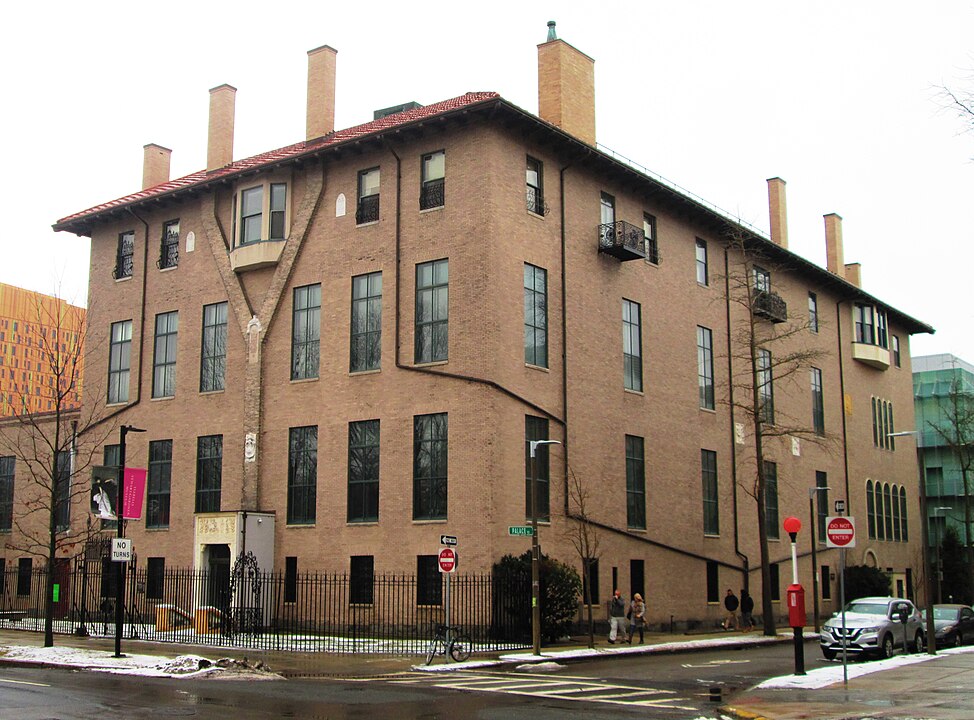Styles move fast, regrets last longer. Every decade pushes a look that felt bold, then aged badly in photos. This countdown tours plastic, polyester, and puzzling fits with numbers you can check, like release years, fiber types, and even lens sizes. None of this is a crime, just a caution. Trends repeat, usually with tweaks that fit 2025 better. Try what you like, skip what you don’t, and learn the facts so your closet choices feel smart, not scary, in 10 years.
1. 1970s Platform Shoes
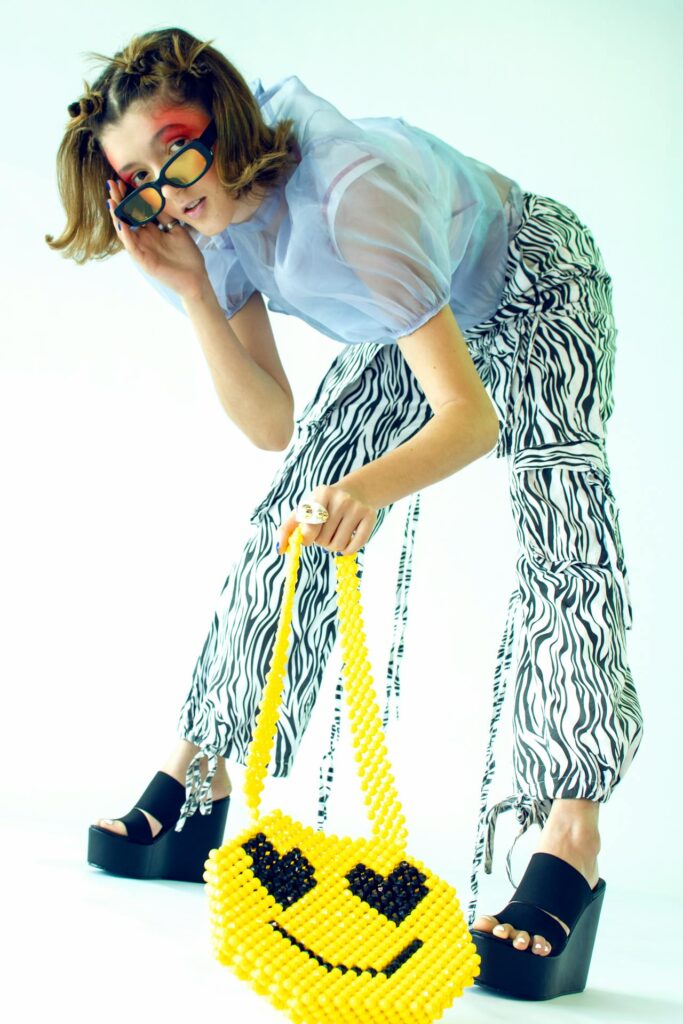
Platforms towered in discos by 1977, with soles stacked 3 to 5 inches and leather uppers perched on wood or plastic. The look shot up with acts like the Bee Gees and Studio 54’s opening in 1977. Doctors warned about ankle sprains on slick floors, so clubs posted no-running rules. Even men wore thick soles with flared pants. By 1980, slimmer sneakers took over city blocks. If you try vintage, check the glue, 1970s adhesives can crumble after 40 years and drop a heel mid-step.
2. 1980s Shoulder Pads
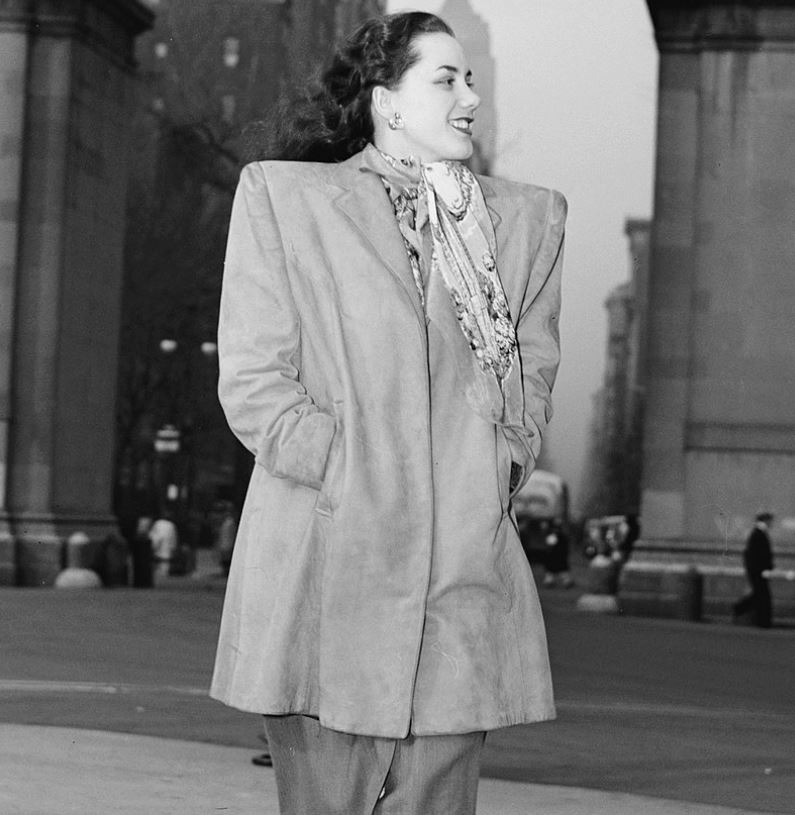
Power dressing pumped up silhouettes with foam or plastic pads sewn into jackets and dresses. By 1987, broad-shouldered blazers ruled offices and TV shows like “Dynasty.” Pads added 2 to 3 inches on each side, exaggerating the V shape. Dry-clean tags from that era even list pad removal instructions. The goal was authority in a decade chasing promotions. Later, minimal lines returned in the 1990s. If you thrift a blazer today, check the pad seams, crushed foam from 30+ years can warp a sleeve.
3. 1990s JNCO Mega-Width Jeans
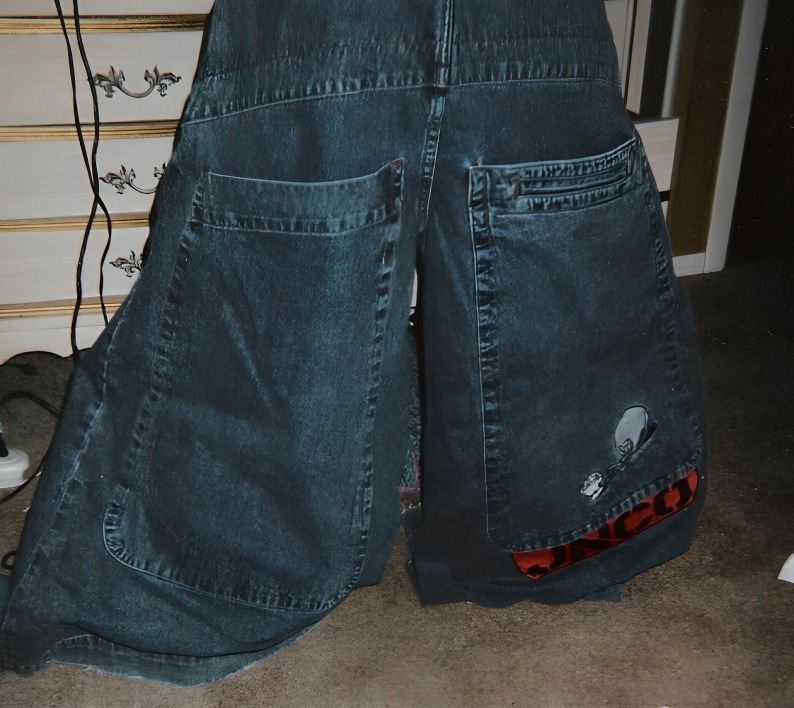
Extra-wide denim peaked in the late 1990s. JNCO’s flagship pairs list leg openings up to 50 inches, wider than many waist sizes. Back pockets were so deep that a 12-inch ruler could vanish. School dress codes, common by 1998, cited safety and trip hazards. At the same time, skate shoes ballooned, making cuffs drag and fray. By 2001, the look faded as straight and boot cuts returned. If you wear wide today, aim for a 22 to 24 inch opening and hem above the pavement.
4. 1980s Parachute Pants
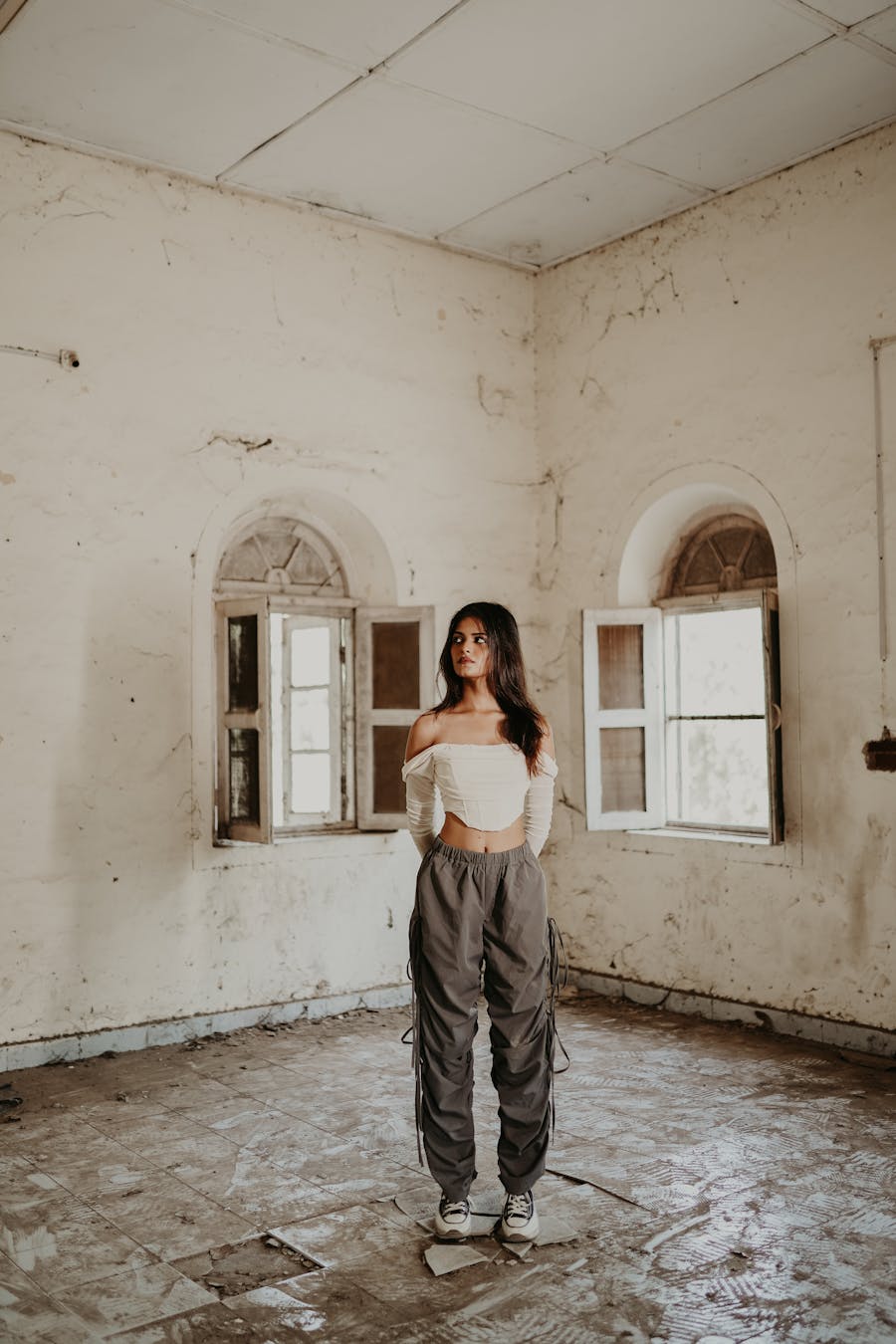
Nylon ripstop pants landed in 1984 dance videos, inspired by the same grid fabric used in real parachutes. Zippers ran along thighs and calves for flair, sometimes 10 or more per pair. The swish sound announced every step. Labels listed 100% nylon, which traps heat and sparks static in dry winters. Fire codes in clubs set maximum occupancy, partly because synthetic outfits and crowded rooms do not mix well in a blaze. Cotton joggers took over by 1988 as comfort beat shimmer.
5. 2000s Low-Rise Jeans
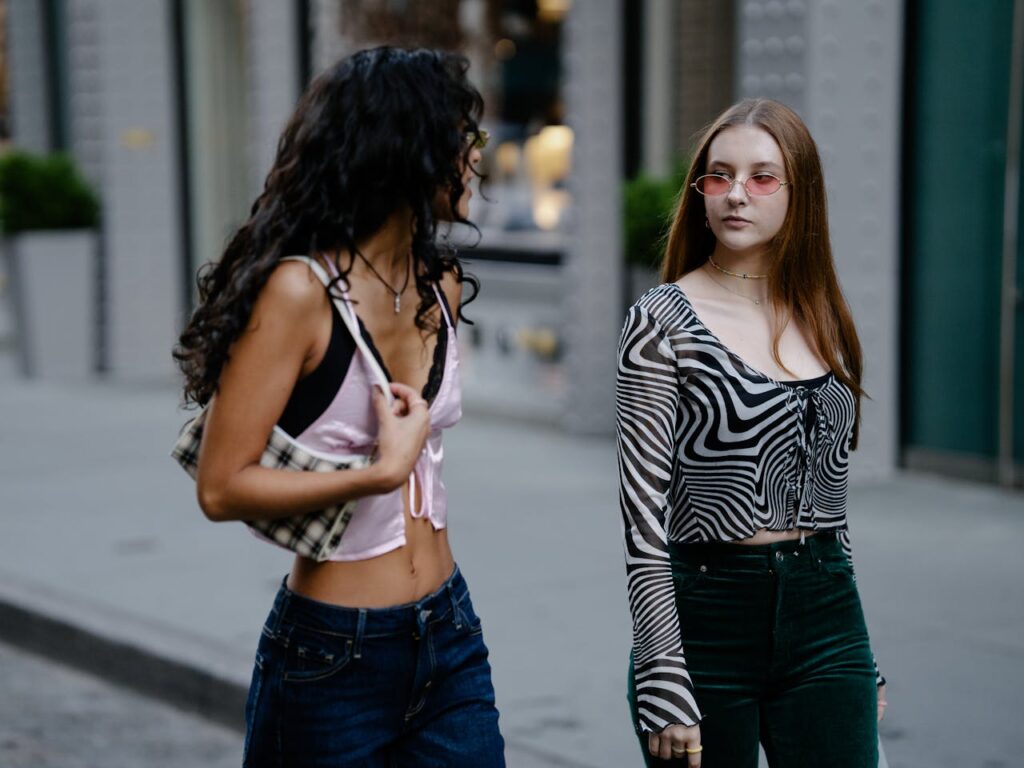
By 2003, rises dropped under 8 inches, pulling waistbands below hip bones. Brands advertised 6 to 7 inch measurements from crotch seam to top button. Sitting exposed skin to cold bus benches and metal chairs. Schools updated dress codes to cover midriffs, especially during 2004–2006. The look paired with crop tees and thin belts that carried no weight. Health pros warned about contact dermatitis from nickel buttons. Mid-rise fits, around 9 to 10 inches, returned by 2010, balancing comfort, coverage, and the seated test.
6. 2007 Shutter Shades
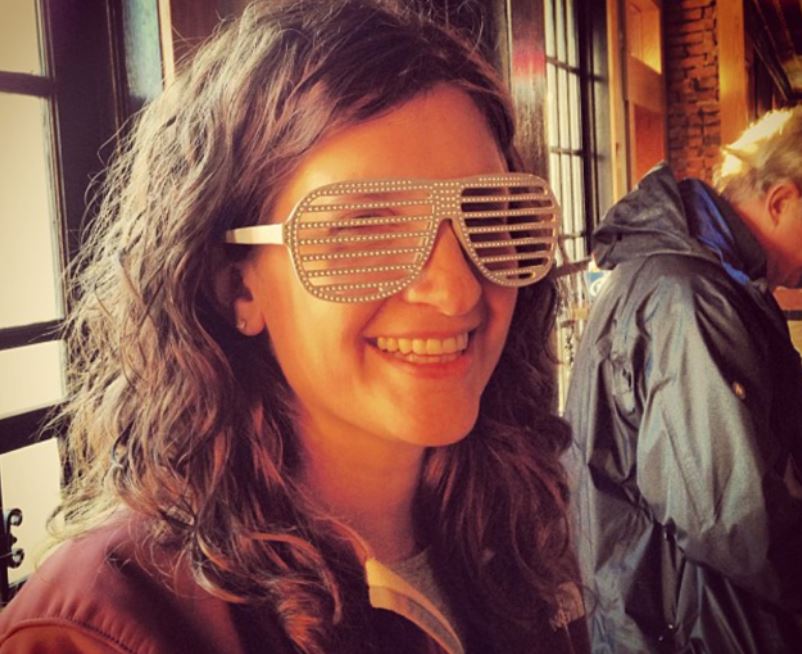
Shutter shades arrived in 2007, with plastic slats instead of lenses. They blocked about as much glare as a window blind, which is to say not much. UV protection requires proper lenses labeled UV400, a detail these frames usually lacked. Concert venues began banning objects that reduce visibility, citing safety near steps and railings. Photos from 2008 festivals show crowds squinting at noon. If you want the vibe in 2025, choose slatted frames with clear UV lenses, or keep them strictly for indoor costume nights.
7. 1991 Hypercolor Heat-Change Tees
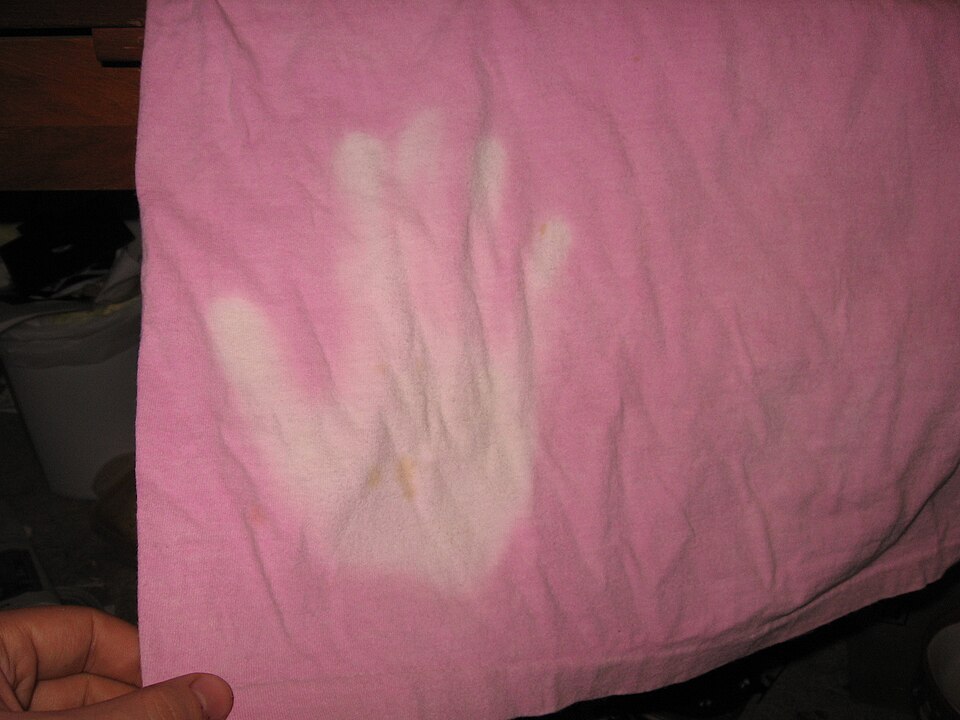
Hypercolor shirts hit malls in 1991, dyed to shift hues around 86°F, the temperature of warm hands. Science class cool, sweat class awkward. Heat prints stuck under backpacks and armpits by lunchtime. Care tags demanded cold-water washes and no dryer heat, yet dorm laundries ignored directions. The effect faded after a few cycles, making $20 tees look tired fast. Today’s thermochromic inks are better, but the lesson stands, if a shirt documents every warm spot, expect regret in yearbook photos.
8. 1966 Paper Dresses
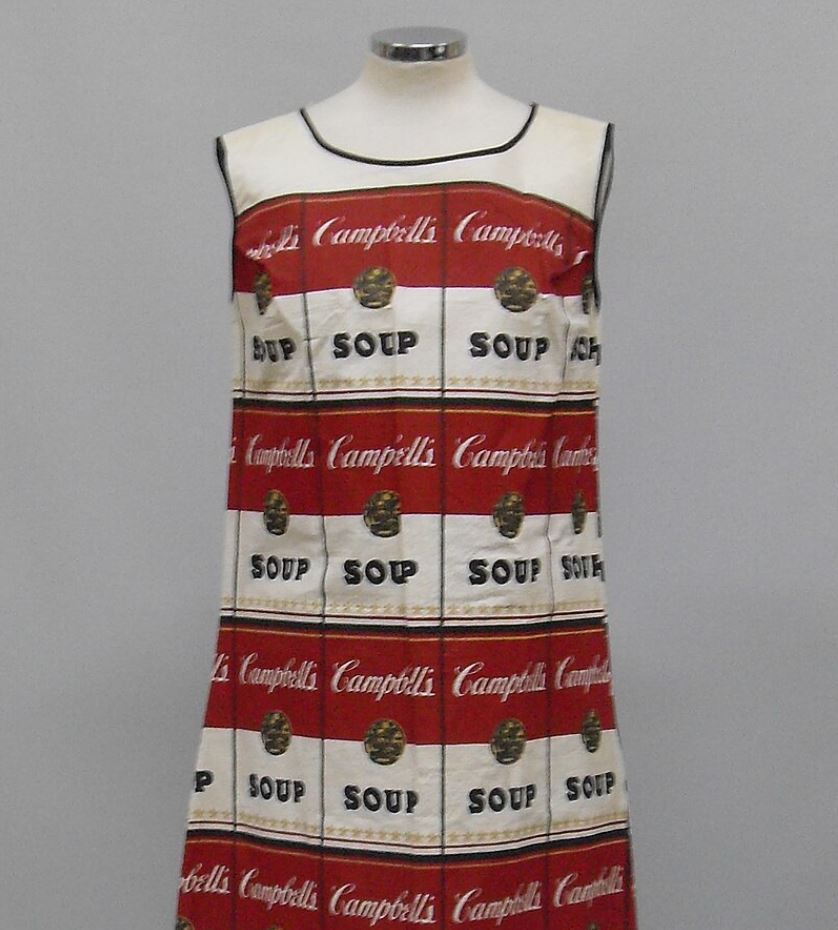
In 1966, the Scott Paper Company sold disposable paper dresses for $1.25, a novelty that spread to boutiques by 1967. Most were cellulose with rayon fibers, labeled flammable unless treated. Tags warned against open flames and high heat irons. Hemlines were cut with scissors at home, clippings littered floors. Laundry? None, you tossed it. Fire codes and common sense pushed the fad out by 1968. If you display one now, keep it away from lamps, bulbs can reach 140°F and scorch edges.
9. 1970s Polyester Leisure Suits
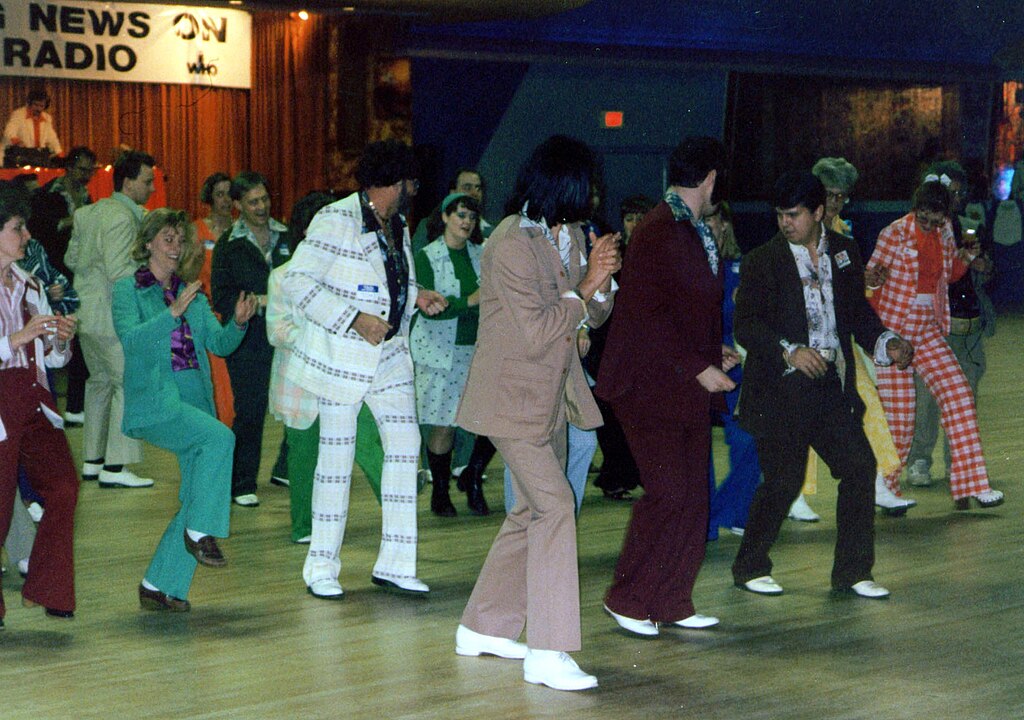
Polyester double knit dominated late 1970s night life, usually pastel jackets with flared trousers and point collars. Fabric content tagged 100% polyester trapped heat, so dance floors felt like saunas by midnight. Jacket vents were short, often under 8 inches, limiting movement. Cleaning required solvent baths at dry cleaners, which added cost. By 1982, tailored wool and cotton blends returned to offices and restaurants. Vintage finds still exist, but check inseams and seat seams, double knit can snag on booths and split under stress.
10. 2003 Trucker Hats, Brim Too High
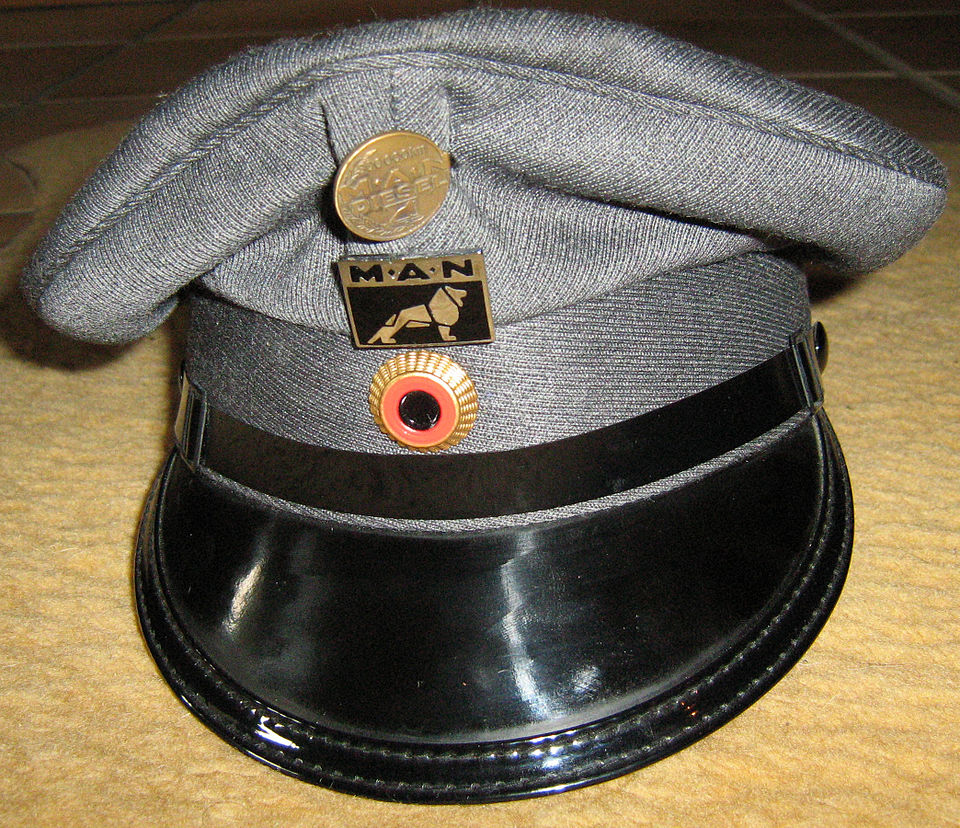
Trucker caps with foam fronts and mesh backs surged in 2003–2004, pushed by bold logos and high crowns. The front panel sits around 3.5 to 4 inches tall, which rides above many heads and looks boxy in photos. Sweat stains spread on foam faster than on cotton twill. Concert security asked fans to tip the hat forward for ID checks, a small sign the shape was impractical. By 2006, low-profile caps, about 3 inches in front height, quietly replaced the billboard look.
11. 2018 Tiny Sunglasses
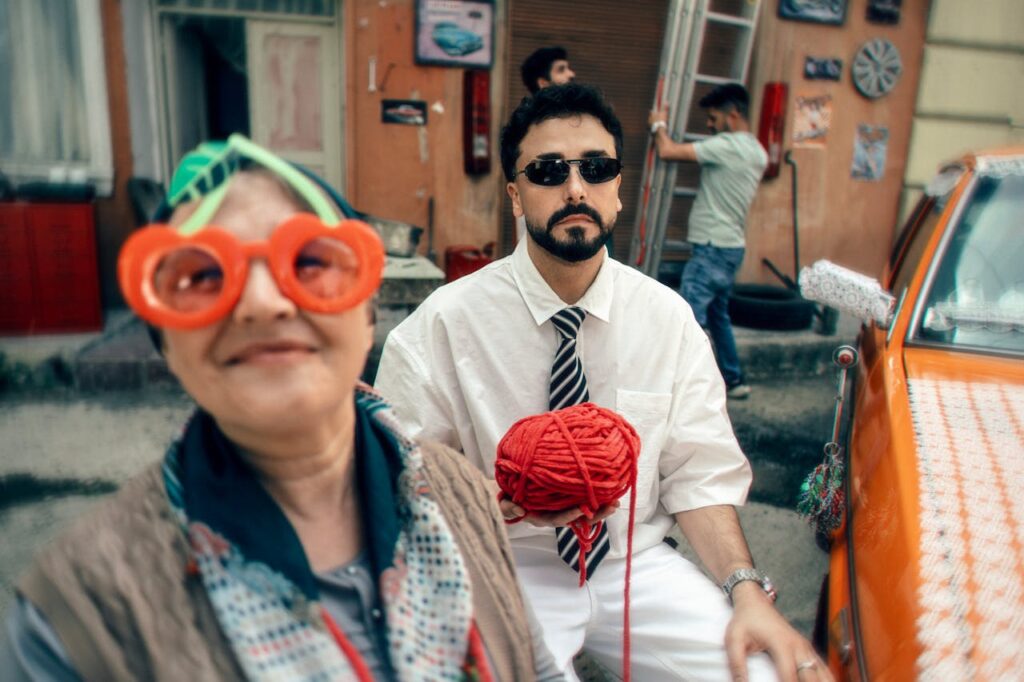
Micro shades shrank fast in 2018, with lens widths under 50 mm and narrow temples pinching ears. Fashion shoots loved the razor line across a face, but sunlight did not. The American Academy of Ophthalmology recommends broad lenses that block 99-100% of UVA and UVB. Small lenses leave gaps at the brow and sides. Photos look sharp, driving does not. If you try the look, pick wrap styles labeled UV400, and keep a larger pair, 55-58 mm lenses, for real daylight.
12. 2010s Logo Overload, Head-to-Toe Branding
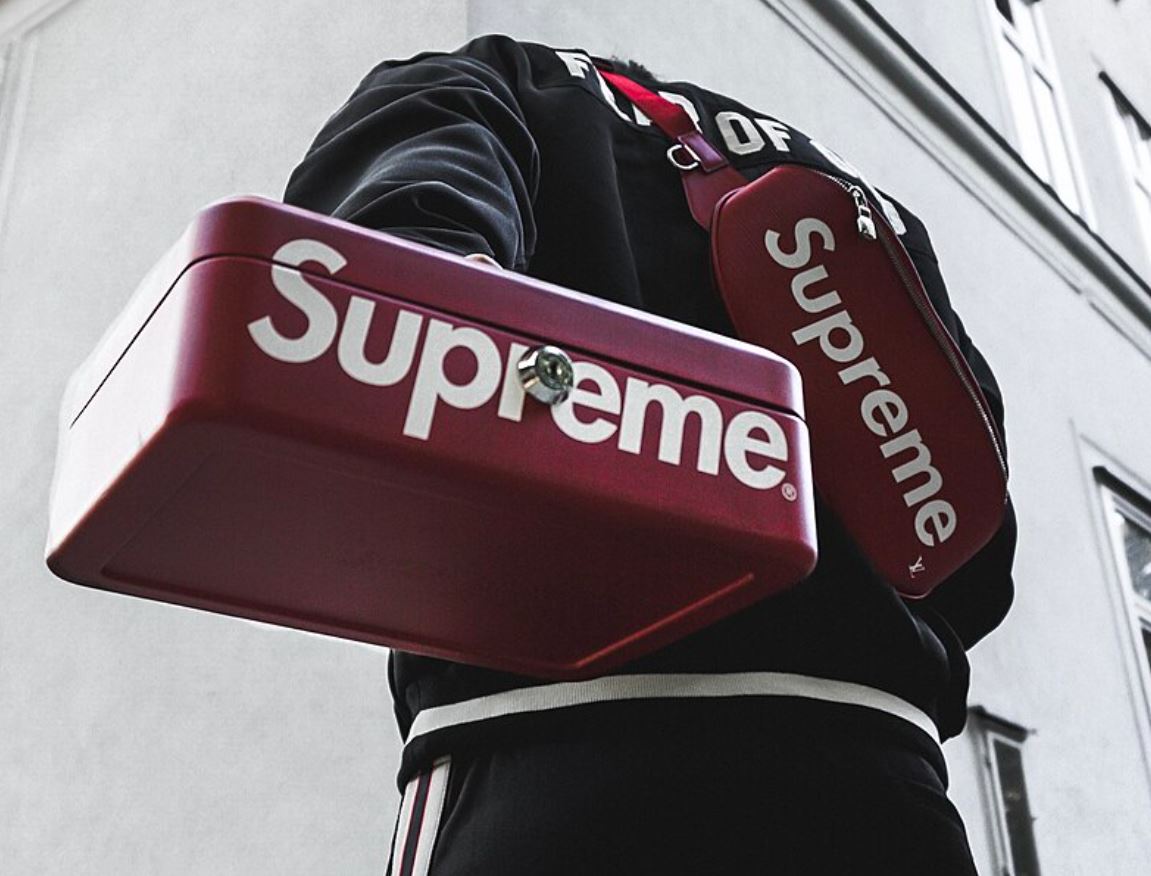
Head-to-toe logos peaked around 2017–2019, with hoodies, belts, and sneakers shouting brand names in 2 inch letters. School dress codes sometimes flagged large alcohol or drug-referencing logos, adding confusion at doors. Budgets took hits, too, with single tees priced over $300. Counterfeits flooded flea markets, and U.S. customers risked seizures under Customs rules for trademark violations. The smarter 2025 move is one bold piece per outfit, then quiet basics. Your wallet, and your future photos, will thank you.
